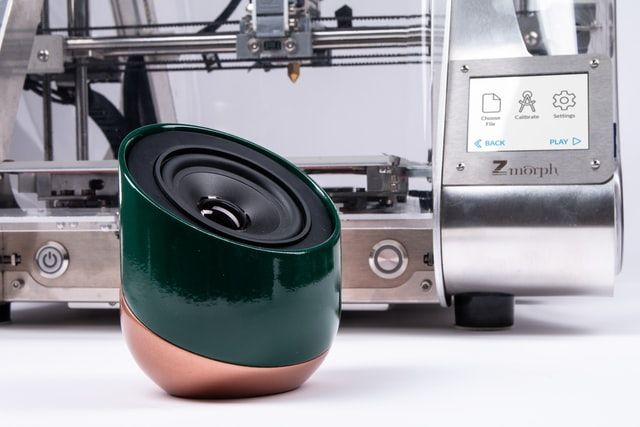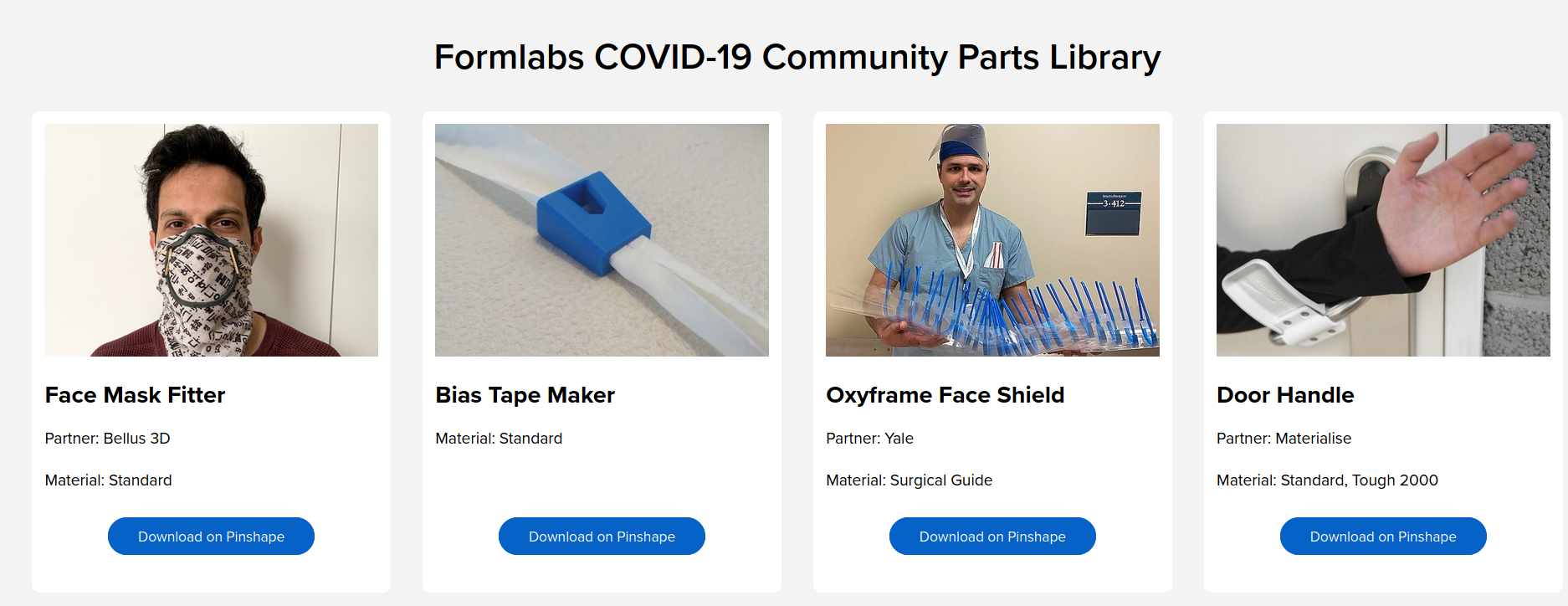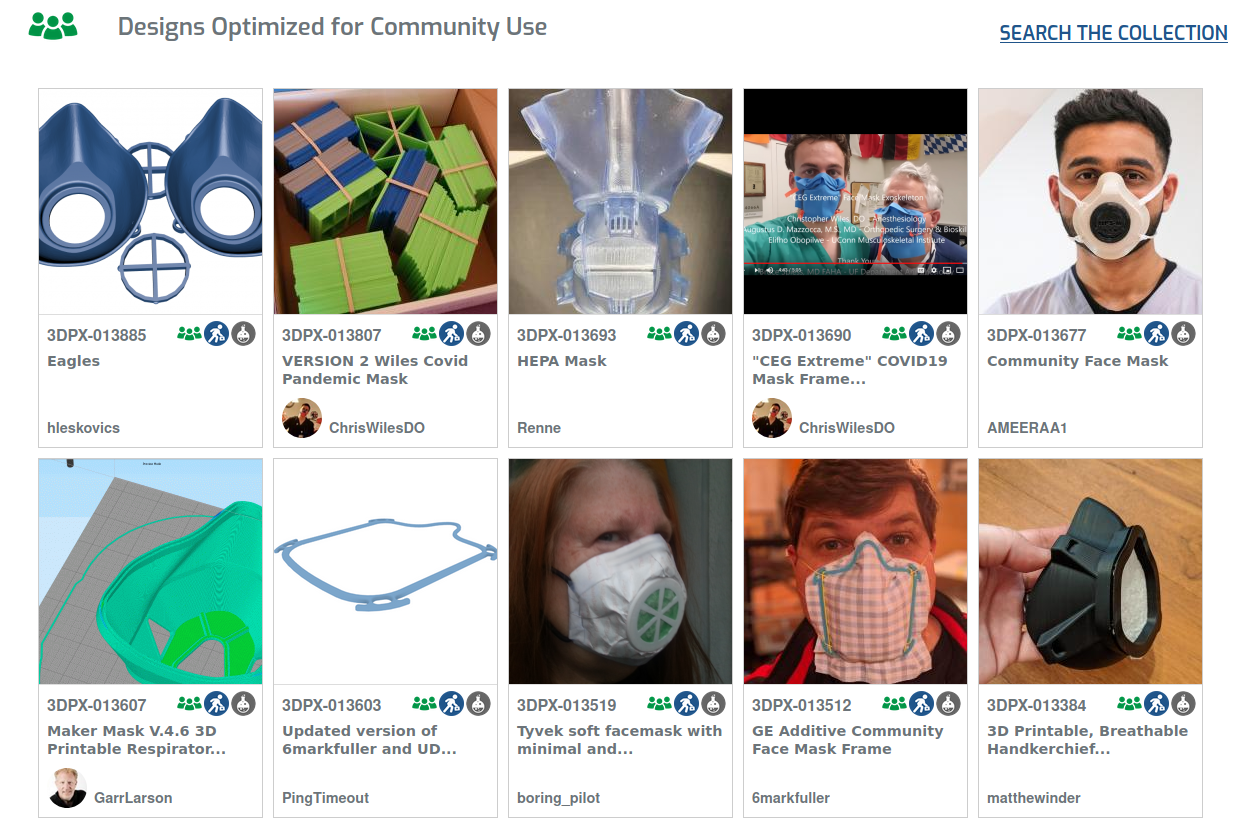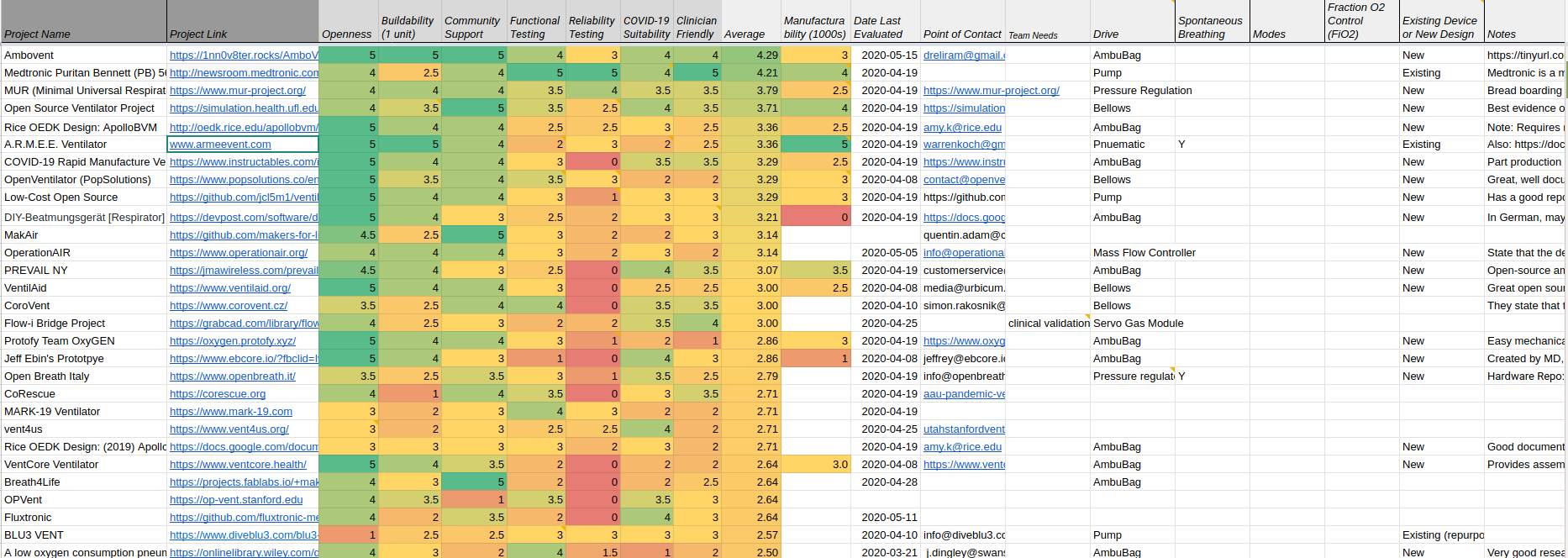Open Source 3D Printing for Medicine and Healthcare Examples and Use-cases
Table of Content
3D printing is one of the technological fields that have been steadily growing in the last years. The boost that it got in the 2010s turned it from being a small niche market that no one knows about into an important sector in the DIY field.
You'll discover that 3D printing is currently being used everywhere; From rapidly printing small plastic objects and all the way up into fighting Covid-19 and helping the health care sector, 3D printing is quite helpful in most areas that you may hear of.
What is 3D Printing?

Simply put, 3D printing is the process of creating custom objects from computer-made designs using a specialized printer for the task. Users first design the 3D object they want to print using one of the famous 3D CAD designing programs, and then send it to be printed on the 3D printer.
Type of 3D Printers
There are many various 3D printers out there ranging from $500 to $25000, each one of them could use a different method to 3D printing:
- Digital Light Processing (DLP).
- Digital Beam Melting (EBM).
- Fused Deposition Modeling (FDM), which is the most famous one in the market (Controls 46% of 3D printing marketshare alone).
- Laminated Object Manufacturing (LOM).
- Stereolithography (SLA).
- Selective Laser Sintering (SLS).
- Selective Laser Melting (SLM).
- Some other types exist too.
3D printing is also sometimes referred to by "additive manufacturing", because the 3D printing process doesn't just simply print the entire object in one step. Instead, it creates tiny "slices" of the material being used for printing over each other in a specific way in order to form the complete object.
Brief History of 3D Printing
Originally introduced in an article for the New Scientist journal, David Jones laid the foundations of 3D printing back in 1974.
People think of 3D printing as a new technology, but that's not right at all. 3D printing has been there for decades. What changed in the 2010s was that it finally started to become efficient and helpful for the average end user.
Additionally, since this field is extremely depending on technology methods and designs, what pushed the entire 3D printing industry in the 2010s was that the FDM printing technology patent has finally expired in 2009, allowing other manufacturers to take the technology further and use it:
For example, when the Fused Deposition Modeling (FDM) printing process patent expired in 2009, prices for FDM printers dropped from over $10,000 to less than $1,000, and a new crop of consumer-friendly 3D printer manufacturers, like MakerBot and Ultimaker, paved the way for accessible 3D printing. - TechCrunch.
Usage of 3D Printing
Any user wishing to use 3D printing needs three things:
- A special 3D printer capable of printing the type of objects he/she has in mind. You should be extremely selective in choosing the 3D printer you want to buy, because each one of them has a different printing technology, material, performance and durability. The prices for 3D printers range from as low as $500 and up to $25000. If you do not wish to buy a 3D printer yourself, then you can proceed to step 2 taking into mind that you'll use some online service to print your objects and ship them for you (There are many of these).
- The 3D design of the object required. People are usually using CAD (Computer-aided Design) software to design their objects. You can alternatively search online on some prebuilt 3D objects by other people and print them yourself. Blender and other similar CAD software can be used. For a database of free 3D objects, check Thingiverse.
- You'll also need a "slicer" software, which will transform your 3D model into "slices" (A 2D layer-by-layer description of your entire object). The resulting file from this operation is named "G-Code", which is a file all 3D printers can understand. Examples include Slic3r and Skeinforge.
Use Cases of 3D Printing for Medicine
Like in the other sectors, people empowering medicine have been heavily exploring the possibilities of 3D printing and what it can do for them.
3D printing in medicine is often used to prosthesis (Artificial limbs) for people who lost theirs. E.g many humanitarian aid organizations in Syria are printing artificial limbs for refugees who lost their hands or legs using 3D technologies. The costs of these parts were huge before 3D printing came over.
Medical doctors need to be trained on "demo" human organs before they can be given human ones to do surgeries. 3D printed organs similar to the human ones are helping very much in this regard, as they can be customized however needed.
Also, hospitals in war zones or areas of limited supplies are using 3D printing to create the tools doctors & nurses need to do surgeries or other medical activities for their patients.
Research on using 3D printing for creating internal human organs is very active at the moment and at early stages. Scientists are hoping to be able soon to print internal human organs using 3D printing technologies.
Example Projects of Medical 3D Printing
1. For Fighting Covid-19

Formlabs provide a nice set of prebuilt 3D objects of medical masks and other tools for free on their website. You can use these 3D-printed objects to protect yourself from getting Covid-19 (Or at least reducing the chances).
2. More Fighting Against Covid-19

The US National Institute of Health is also providing a much larger database of 3D designed objects ready to print on their website. These include:
- Traditional protective masks.
- Face shields.
- Bands.
- Filter masks.
- And much more.
Get them now on their website.
3. Open Source Ventilators

Ventilators are so needed in these hard times for patients who are suffering from dysfunctional lungs because of the novel Coronavirus. The design of ventilators, especially the good ones, was an extremely huge business before the pandemic and requires tons of research time and costs.
That's why many teams from all over the world have been contributing their previously proprietary 3D-designs of ventilators and making them open source.
Thankfully, a group of volunteers have been tracking these designs, their needed sub-equipment & extra tools, and they prepared a full Google spreadsheet of these open source ventilators that anyone can access and download.
Check the full list of these ventilators right now. Also don't forget to check the tabs at the bottom of the page for further helpful projects.
Conclusion
So this is the end of our introductory article about 3D printing and the medical sector. As you can see, there are many possibilities for 3D printing in this sector and researchers are putting huge efforts in trying to make these ideas and designs a reality.
And with the decreasing costs of 3D printing year by year, average users might be able in the future to print all their own medical equipment/needs at home by their selves too! Who knows.
If you have any further additions, we would love to hear them in the comments below.











